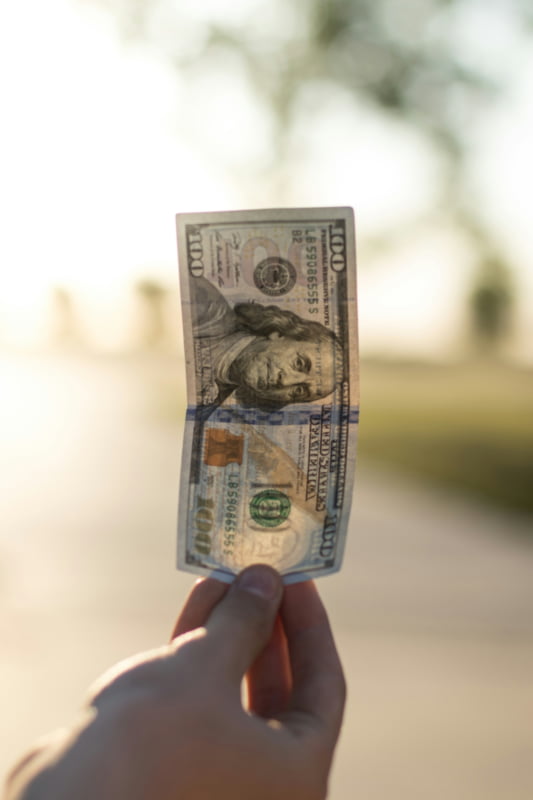Jamaica Travel Budget & Money Guide
Know the costs. Master the currency. Travel smarter.
Welcome to your complete guide to managing money in Jamaica!
Whether you’re visiting Jamaica for a week of beaches or a month of adventure, the right budget can make your trip stress-free. In this guide, you’ll find real-world cost estimates, money-saving strategies, and clear advice on using Jamaican currency, so you can focus on enjoying the island, not worrying about your wallet.
Understanding Money in Jamaica
Before planning your budget, learn how money works on the island, including the Jamaican dollar, tipping etiquette, and using cash or cards safely.
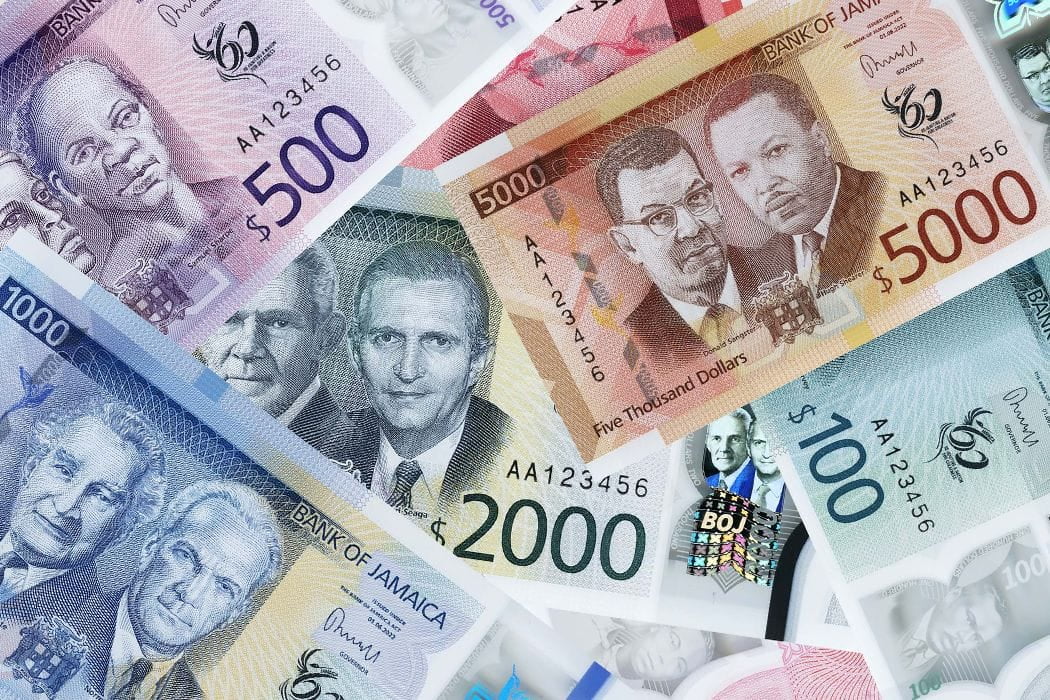
Jamaican Currency Explained: What to Know Before You Visit
Get a clear overview of Jamaican money, including coins and bills, so you’ll know what to expect and how to handle cash during your trip.
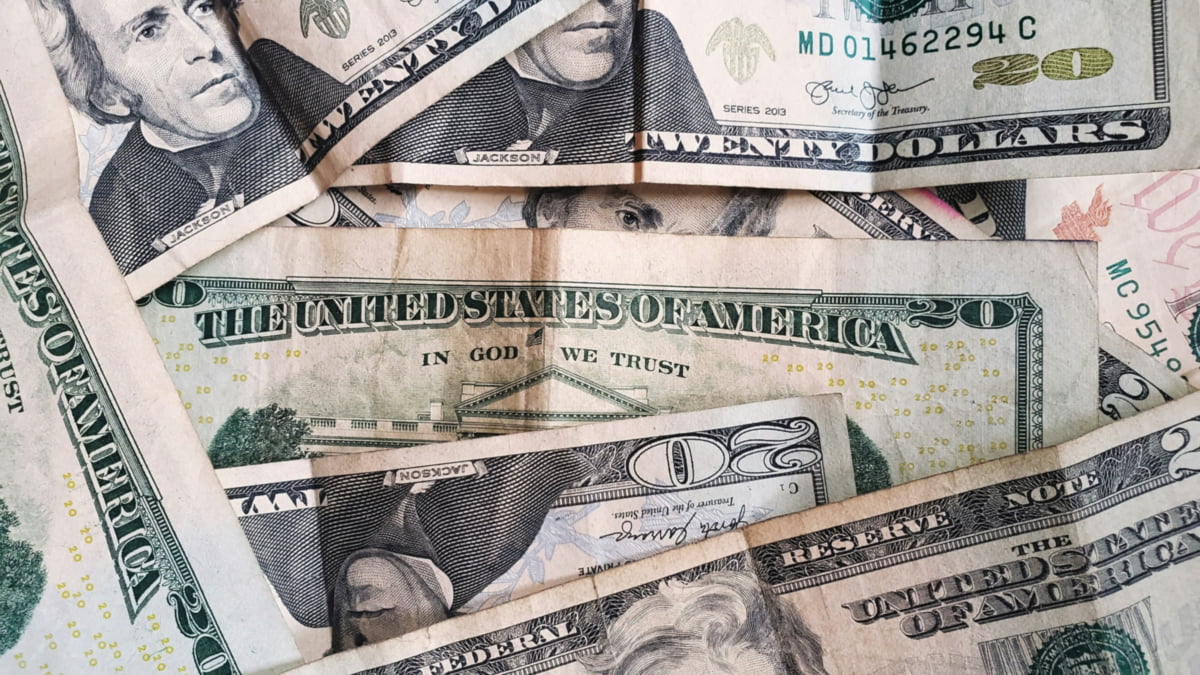
Can You Use U.S. Dollars in Jamaica?
Explore when it makes sense to use U.S. dollars versus Jamaican dollars, and how to avoid poor exchange rates while traveling.
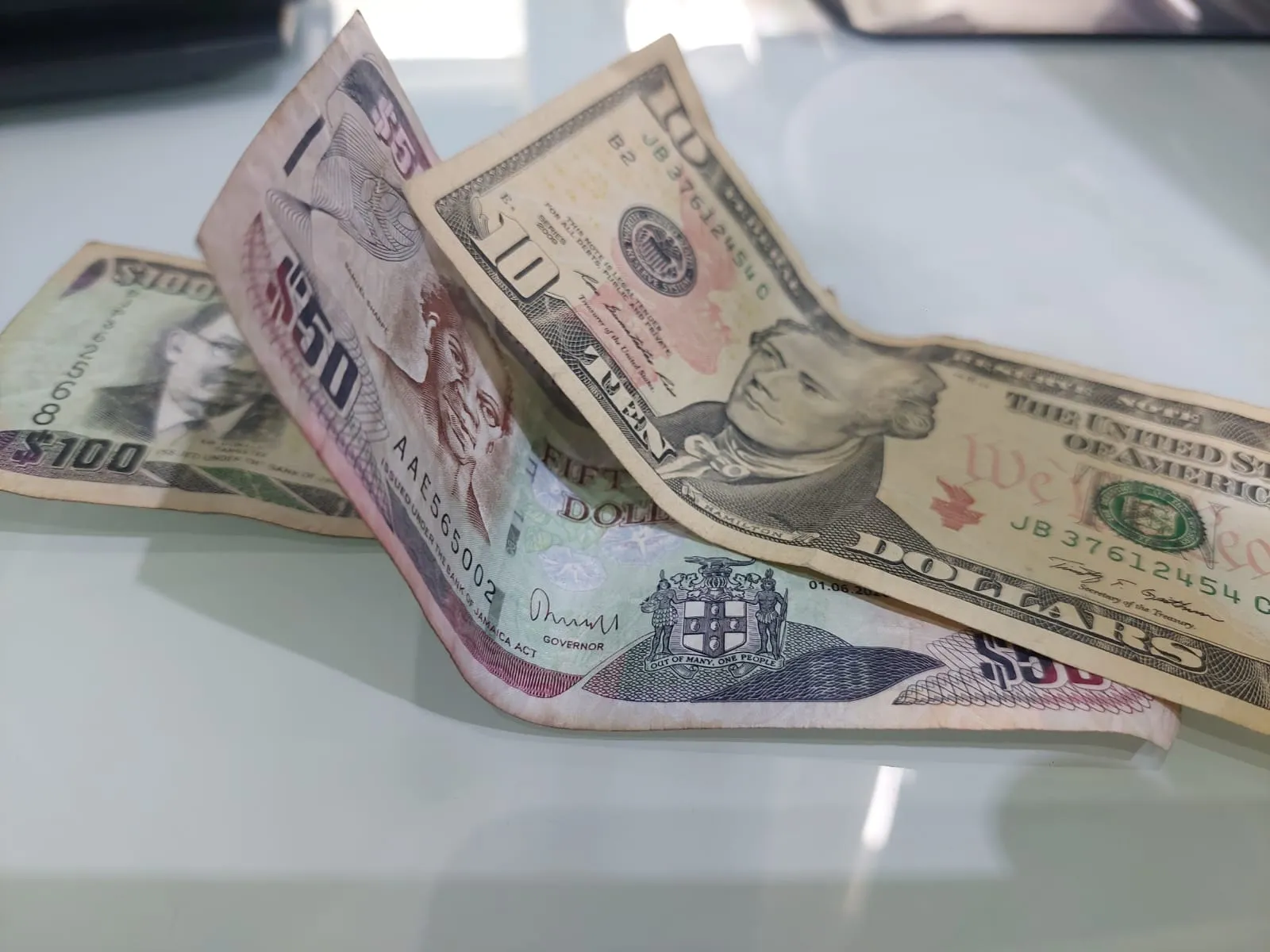
Exchange Rates: USD to JMD & Where to Get the Best Rates
Learn how to convert money smartly and find the best exchange rates so you don’t lose value on your trip.
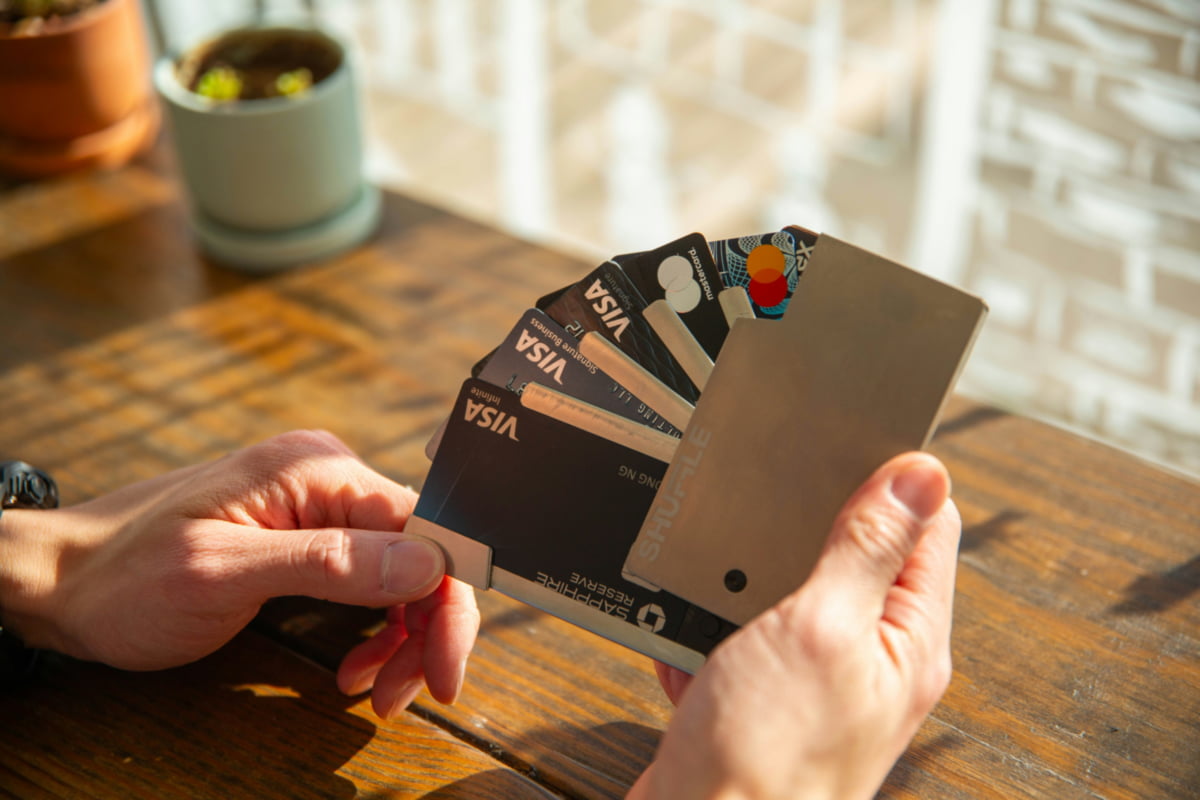
Using Credit & Debit Cards in Jamaica: Fees, Safety & Acceptance
Understand which cards work in Jamaica, what fees to expect, and tips for safe transactions throughout the island.
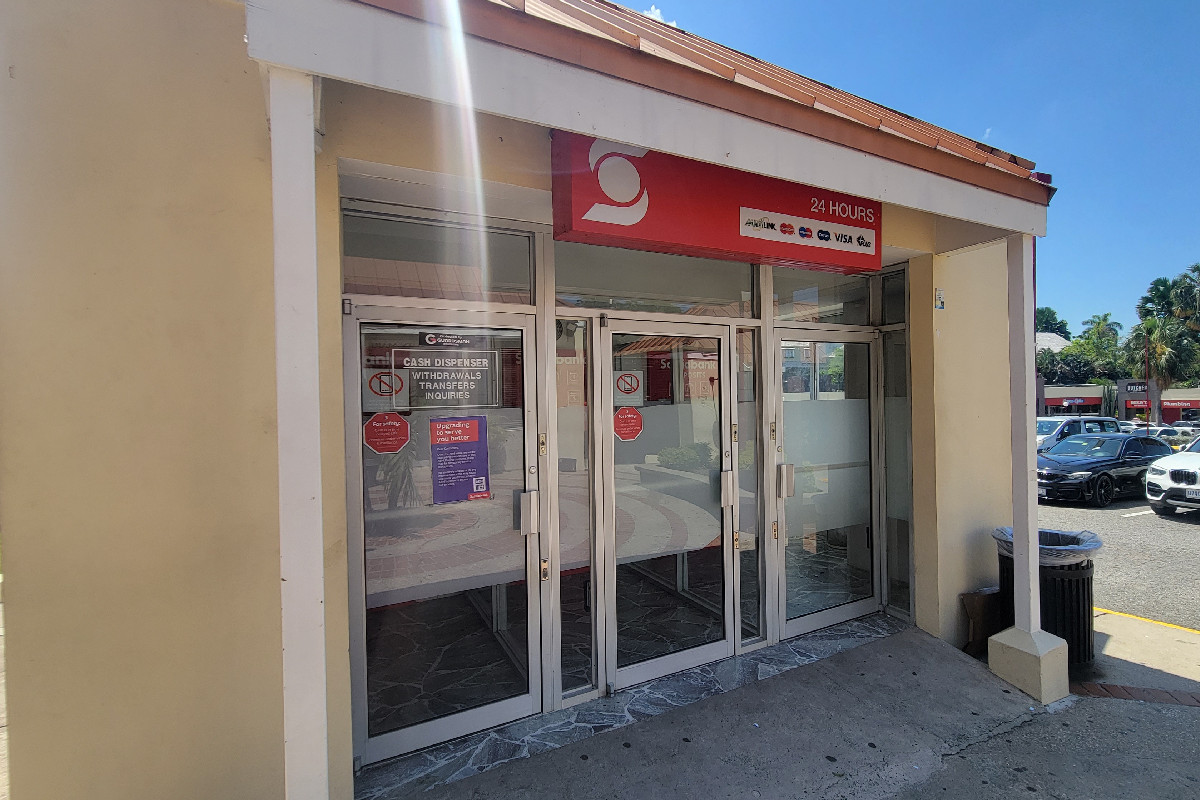
ATMs in Jamaica: Locations, Safety Tips & Withdrawal Fees
Discover how to access cash safely, what fees to expect, and the best places to withdraw money while traveling in Jamaica.
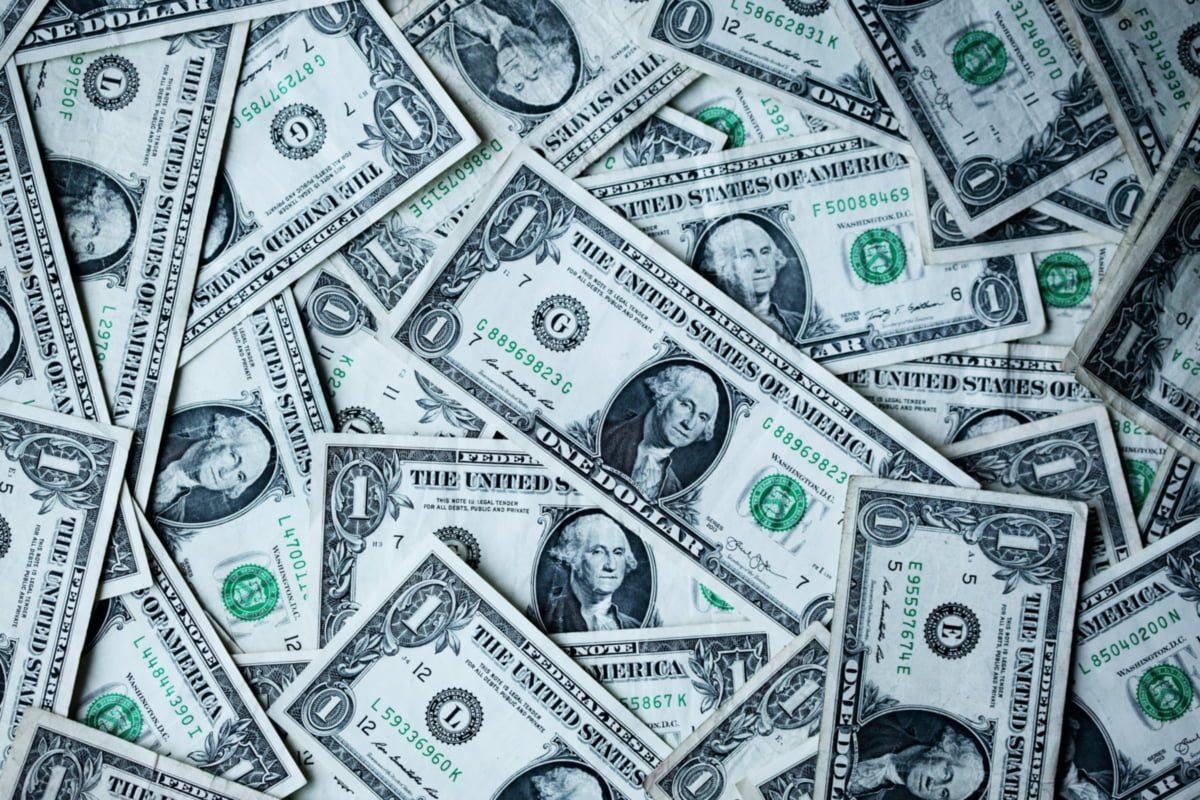
Tipping Etiquette in Jamaica: How Much & When to Tip
Know how much to tip in restaurants, hotels, and tours to show appreciation without overpaying or under-tipping.
Is Jamaica Expensive? What to Expect
Jamaica can feel expensive, or surprisingly affordable, depending on your travel style.
Is Jamaica Expensive? A Traveler’s Cost Guide
Get the big-picture view of Jamaica travel costs and see how your trip can fit any budget, from shoestring to luxury.
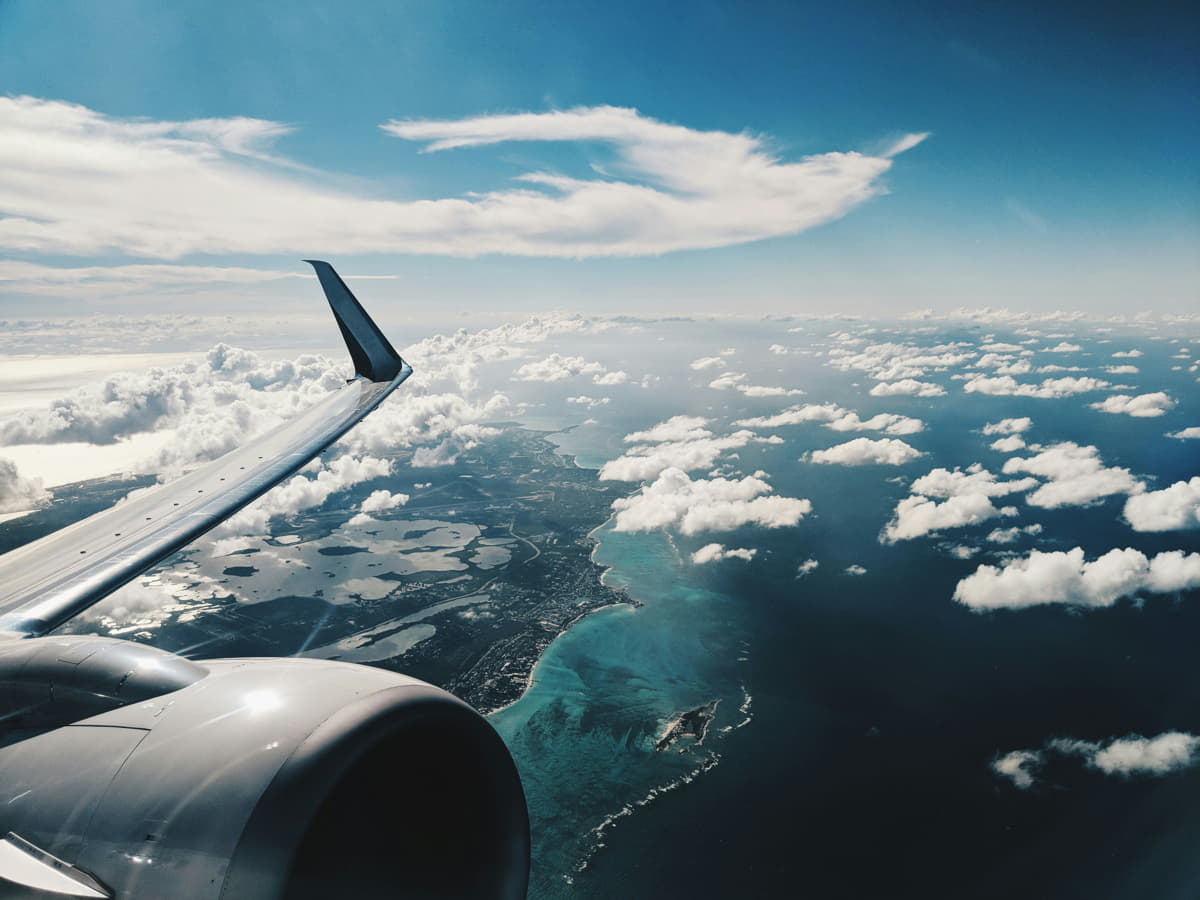
How Much Does a Trip to Jamaica Cost
Break down average daily spending for meals, transport, and activities so you can plan your budget with confidence.
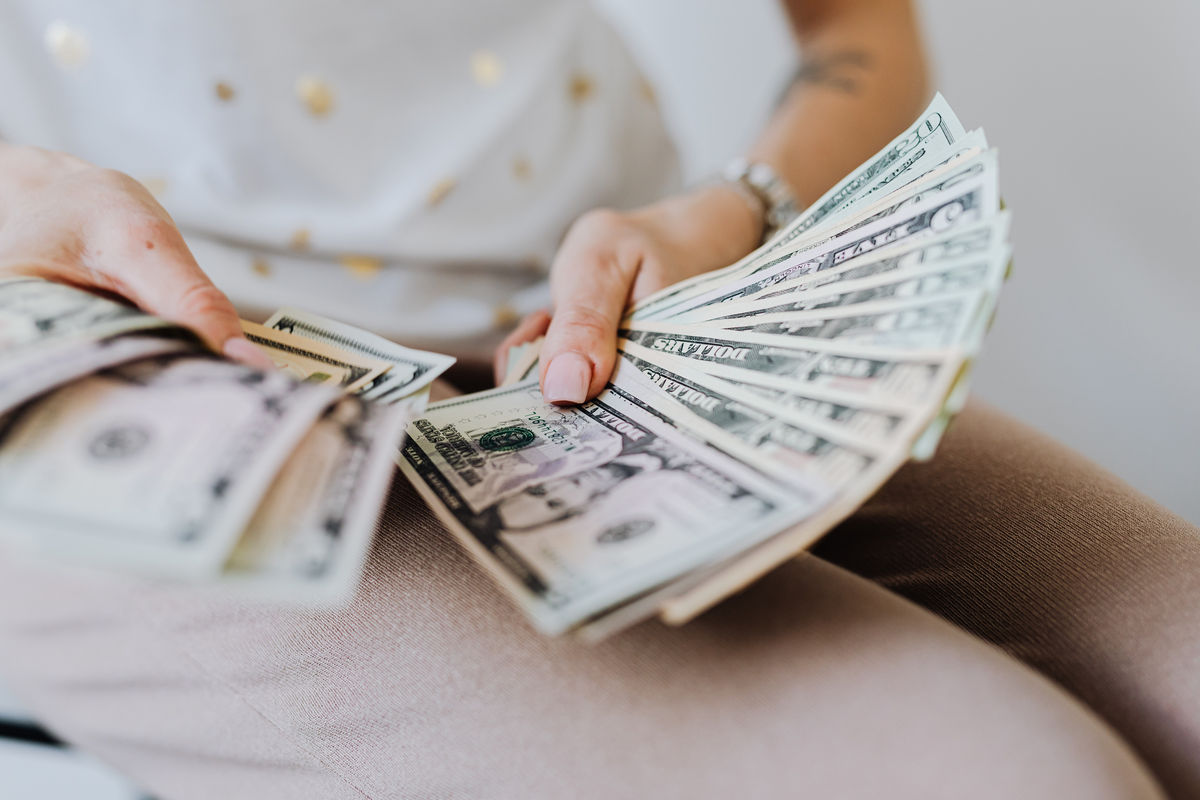
How Much Money Do You Need for Jamaica?
See a detailed cost breakdown for a week in Jamaica, including budget, mid-range, and luxury travel scenarios.
Budgeting For Your Jamaican Trip
Before planning your budget, it helps to know how money works on the island. From the Jamaican dollar to tipping etiquette, here’s everything you need to know about using cash and cards in Jamaica.
